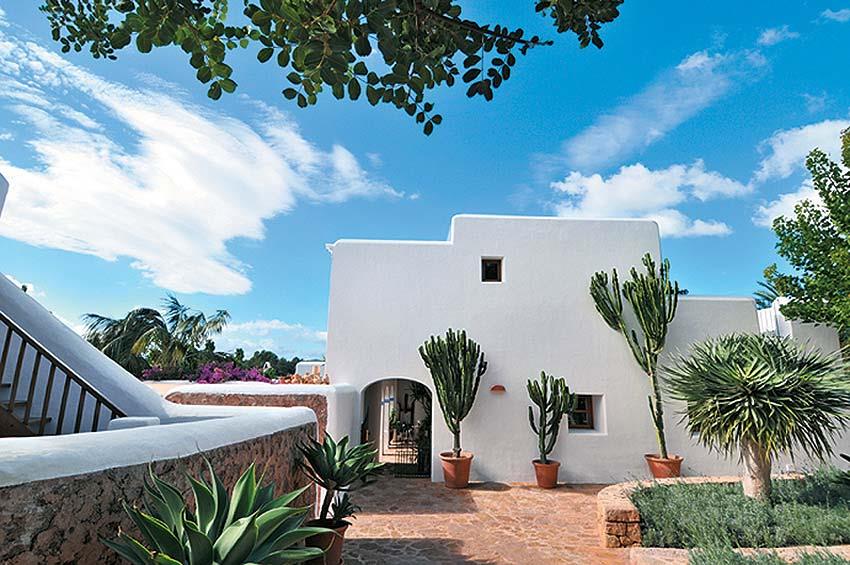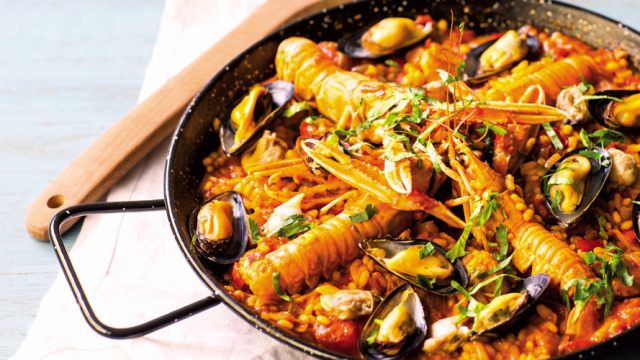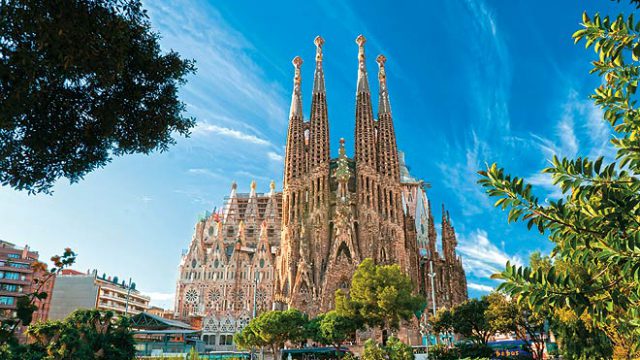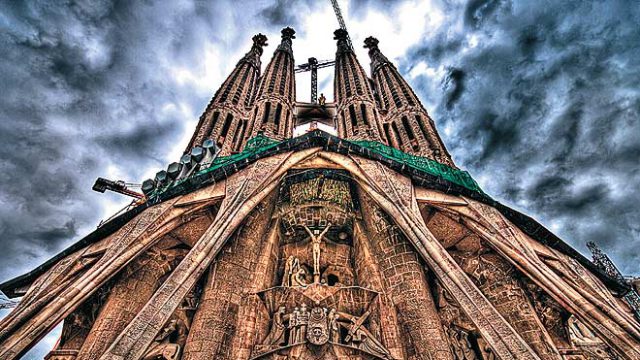I’m sitting in the Turkish Airlines box in the Camp Nou, Europe’s largest football stadium,
Time was when the consumption of football was a beer-fuelled, lower-class, male dominion. But that was before the television-sponsored gentrification of the sport. Now we have wine-sipping self-proclaimed aesthetes discussing match of the day with their girlfriends.
TV football shows have women anchors deliberating the merits of ploying a double pivot in a 4-2-3-1 system. Football, like Sufism, has made a class shift. The players still come from the underclasses but the consumers have greater purchasing power.
The vanguard of this telly-friendly football is FC Barcelona (Barça) and — by extension — the Spanish national team that has won two Euro Cups and a World Cup. Its pretty passing of the football in mystifying geometrical puzzles, called Tiki-Taka, has defeated countless oppositions and won over the world in the deal. They have brought back a good taste in the sport not seen since the 1982 Brazil side. They are debating whether this Barça squad is the greatest team ever assembled on a football pitch. By the time this magazine reaches its consumers, it is most likely that Lionel Messi of Barcelona has received FIFA’s player of the year award after a ridiculously munificent year of 90-odd goals.
This is the golden age of goalscoring; consequently, this is the dark era of the defender. FIFA has changed rules to accommodate smaller players, and the belligerent defender is more often seen leaving the stadium, with referees all too willing to flash the yellow and red offence cards. Which explains why Gerard Pique, Barça’s injured centre-back better known as Shakira’s boyfriend, is sitting in a tony box high up in the stands, instead of plying his trade against the tibia and fibula of a Celtic forward. This is the age of Barça.
Celtic, though, draw first blood tonight through a header following a powerful leap. Andrés Iniesta equalises before half time with a typically beautiful Barça goal after some intricately beautiful passing between Messi and Xavi. I’m sipping cava (Catalonian sparkling wine) in sponsored luxury, reconciled to a draw when Jordi Alba produces a bit of magic in injury time and wins the game for Barça. The game is over, and I have five days in hand.
Indian tourists have begun to flock to Spain after Zoya Akhtar’s 2011 film Zindagi Na Milegi Dobara. But this is the onset of winter and the summer fiestas made famous in India by the film — La Tomatina, the Bull Run in Pamplona — are not on offer. What if you have run out of the joys of Barcelona?
There is Tarragona. About eighty kilometres south of Barcelona, it is a small city with layers and layers of charm. Nobody knows how old this city is, but it was a major Roman port and administrative town. It’s like travelling across time, all the while stopping at small cafés and pubs for a coffee or a drink or tapas. The Mediterranean city with a great location and several centuries living side by side in narrow lanes is a familiar story, but Tarragona is definitely the real deal; Unesco has just designated it a World Heritage Site.
The cuisine here is heavy on seafood and wine, and we sample the fare of several restaurants, beginning in the old fishermen’s district of El Serallo. The tapas include fish rolls, called croqueta, which is also the name for Andrés Iniesta’s signature football move as he casually rolls past beefy defenders. The Roman ruins are as impressive as Roman ruins are impressive anywhere else.
Our second day in Tarragona is excursive, and we visit the Poblet monastery about a hundred kilometres into the nearby hills. It’s raining and winter is knocking at the doorstep. At the imposing monastery we get up close and personal with the hard lives of monks in medieval times. Our guide points out, repeatedly, that the only source of central heating was the wine the monastery produced.
This is some serious wine country (Spain produces more wine now than France). We move on to the Falset Castle which has been converted to a wine museum that is a must see for any wine enthusiast. I find myself drawn into the exhibits that coach you about smell and flavour by actual smells. It’s a fine experience, and it’s a pity I’m one for the brews, not quite an area of Spanish excellence. So I make up by buying some Chartreuse, an aniseed-based spirit also produced by monks. I sip it and the fumes are good for the promise of 55 per cent alcohol on the label. I begin to admire Christianity.
The island of Ibiza in the Mediterranean, though, is for, by and of the heathens. The architecture in many parts is still Phoenician and the music is out of this world. We go to Pacha, the hottest disco in the world, only to realise that we are one week too late. The winter has set in, and the wild partygoers have fled.
So we go to Café del Mar on the western edge of Ibiza, famous for its sunsets and its music. Clouds deny us the photo-op, but the music is as great as the cocktails, and we head out to the best seafood meal I have had at a family-run restaurant in an old part of the town, where we sit next to a small well tucked into a wall inside the house.
This is not the Ibiza you will read about in the tourist brochures. It is a quiet delight, with solitary churches and forts inside which people still live (like Jaisalmer). We go to the Sa Cova vineyard in the island’s centre, for a session of wine-tasting. The November chill is on its way, and I’m fortifying myself with several tapas and wines. I think I have developed a taste for wine, just like I developed a taste for Tiki-Taka, the fine passing game of FC Barcelona.
The information
Getting there:
I took the shortest flight to Barcelona via Istanbul with the excellent Turkish Airlines (turkishairlines.com).
Tarragona is well connected by road and rail with Barcelona. Take the Catalunya Express from the Sants Station in Barcelona to Tarragona; it takes a little more than an hour and costs €7. Renfe Operadora (renfe.com), a state-owned company, operates the trains. There are buses from Tarragona to Poblet and Falset.
Ibiza is well connected to the European mainland by air and by ferries, though the frequency drops in the off-season. Try Iberian among the low-cost airlines (iberia.com). Ferries take about eight hours and three companies offer services for about € 80: Balearia (baleria.com), Iscomar and Transmediterranea.
Within the island of Tarragona, places can be quite far apart. It’s best to rent a car or a scooter, as taxis are not easy to come by, especially if you are going away from downtown areas. Your one-stop-shop to plan your Ibiza stay and travel is the website of the Island’s government, ibiza.travel.
Where to stay
In Tarragona we stayed at the Astari Hotel (hotelastari.com), which is a short walk from everywhere in the city. The main shopping area, the Rambla Nova, is close by, as is the historical Roman district. It overlooks the Mediterranean and the sunrise is quite breathtaking as the beach is a five-minute walk. In Ibiza we stayed in the five-star ‘ecoluxury’ spa-hotel Aguas de Ibiza (aguasdeibiza.com). It is located on the island’s eastern side, with a view of the Med.
Where to eat
Tarragona has several excellent restaurants, but the Restaurant Arcs (restaurantarcs.com) is highly recommended for its food, its animated chef and waiter, its cosy décor and quaint location in the old town. Tarragona’s El Serallo district has lots of restaurants serving seafood. In Falset, Hostal Sport (hotelpriorat-hostalsport.com) serves some of the best Catalonian cuisine you are likely to find. If you are looking to get away for a while in a beautiful and quiet part of the world, with wonderful local food and culture thrown into it, Hostal Sport is the place for you.
The best food of the journey I had was at the Es Rebost de Can Prats (esrebostdecanprats.com), a small family-run restaurant in Ibiza’s San Antonio neighbourhood. The Café del Mar (cafedelmarmusic.com) is an institution of Ibiza, as much for the music as the cocktails and the wonderful sunsets. The Sa Cova vineyard (see ibiza.travel) is open all through the year.
Ibiza
La Tomatina
Spain





